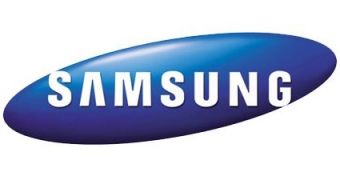Samsung will start mass production of Active Matrix OLED displays for mobile phones and other handheld devices. In no time, it will be available for mobile phones as well and even become a standard feature.
Samsung's new AMOLED display supports QVGA resolutions of 240 x 320 pixels and is also capable of producing a range of over sixteen million colors. The self-luminous device works by having electrical current flow between two thin films made of organic material. Because of this, developers can make smaller handsets with the help of lighter and thinner displays. Moreover, this makes them excellent for video applications, which makes a great benefit for phones supporting TV streaming via MediaFLO as well.
A highly useful feature is that Samsung's new 16M-color DDI self-adjusts the screen brightness, illuminating only those areas that need light. This reduces the strain on the battery and extends its life. Mroeover, the read-only memory (ROM) is built in separately, enabling red, blue and green (RBG) gamma compensation to reproduce more realistic looking images.
The telecom market is currently in a steady expansion stage. The transition from 2.5G to 3G technology also means support for a wider range of multimedia functions and services, including digital media broadcasting (DMB) and video telephony. Because of this, "In the future, we expect AMOLEDs will be applied to a wide range of mobile devices to deliver the high resolution they require", stated Jin Tae Kim, vice president of Samsung Electronics' System LSI division.
The new 16M-color AMOLED DDI is already in mass production and has been introduced in Samsung SDI's AMOLED panels. Market research firm Display Search reached the conclusion that the global AMOLED market will reach almost 8 million units this year and increase to almost 130 million units by 2011.

 14 DAY TRIAL //
14 DAY TRIAL //